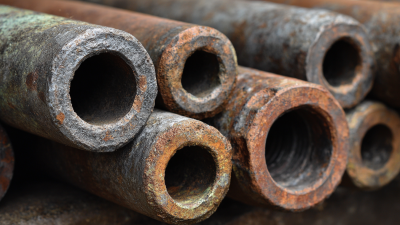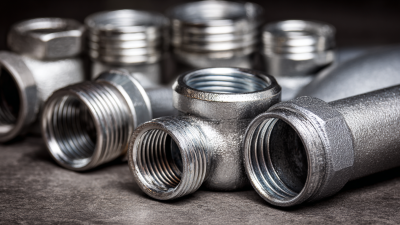
Made in America
Get Connected With
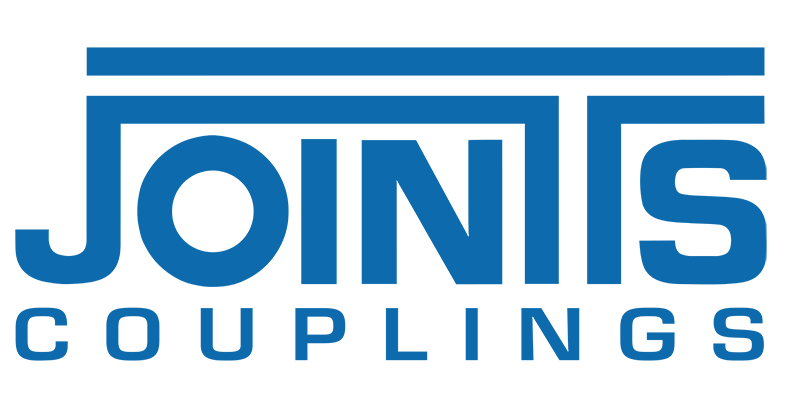

Email Us
sale@abrvpartsacc.com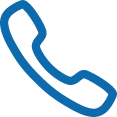
Call Us
+1 (626) 448-2100
Made in America
Get Connected With




In the world of plumbing and piping systems, the significance of pipe fittings cannot be overstated. These essential components play a crucial role in connecting various pipe sections, directing fluid flow, and managing pressure and temperature within a system. According to John Smith, a prominent expert in the piping industry, "Choosing the right pipe fittings is pivotal not only for ensuring efficient operation but also for the longevity of the entire piping system." His insights underline the importance of understanding how different fittings function and the various factors that should influence selection.
As we explore the diverse types of pipe fittings available in the market, it's essential to consider the specific requirements of your project. From elbows and tees to couplings and reducers, each fitting serves a unique purpose and is designed to accommodate various pipe materials and fluids. The 2025 Top+ digital types of pipe fittings will revolutionize how we approach these components, emphasizing innovative designs and enhanced functionality. Making informed decisions about pipe fittings can ultimately save time, resources, and maintenance costs in the long run.
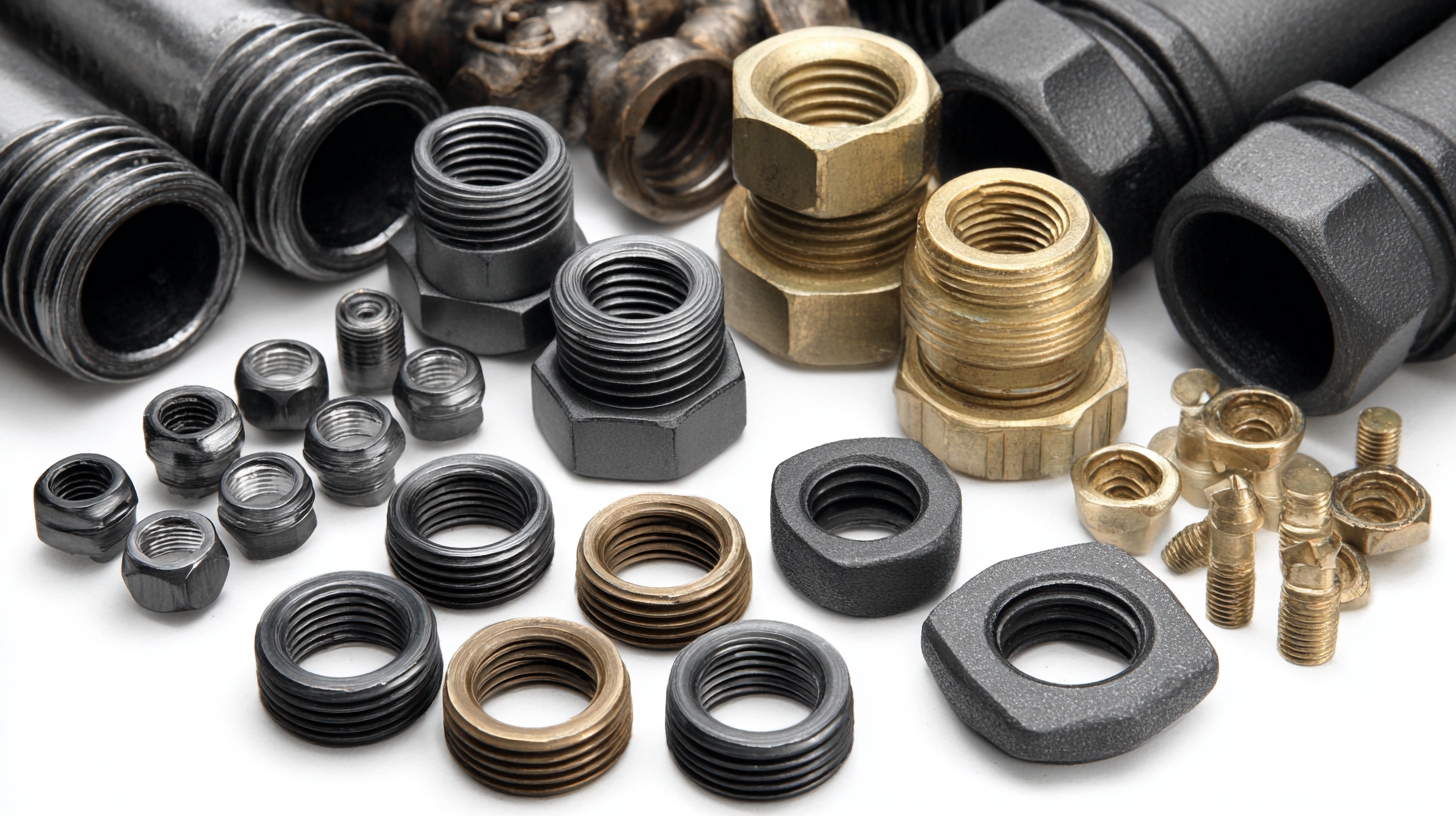
Pipe fittings play a crucial role in fluid systems, serving as essential components that facilitate the transport and regulation of fluids within various applications. According to a report by MarketsandMarkets, the global pipe fittings market is expected to grow from $68 billion in 2021 to $88 billion by 2026, reflecting the increasing reliance on effective fluid management systems in industries like oil and gas, water supply, and construction. This growth underscores the importance of selecting appropriate fittings to ensure operational efficiency and safety.

Understanding the different types of pipe fittings and their specific functions is vital for maintaining system integrity. For instance, elbow fittings redirect fluid flow at angles, while tees create branch connections, and couplings allow for pipe length adjustments. A study from the American Society of Mechanical Engineers highlighted that improper fitting choices could lead to significant pressure losses and potential system failures, emphasizing the need for careful consideration. Professionals should evaluate factors such as material compatibility, pressure ratings, and fluid type to ensure the optimal selection of pipe fittings, thereby enhancing the overall performance of fluid systems.
Pipe fittings play a crucial role in the plumbing and construction industries, serving as essential components that connect, redirect, or terminate piping systems. An understanding of the various types of pipe fittings can significantly influence both the efficiency and longevity of a plumbing system. According to a 2022 report by the Global Pipe Fittings Market Research Institute, the market for pipe fittings is projected to grow at a CAGR of 5.3% through 2027, emphasizing the importance of selecting the right fittings for any project.
Among the most common varieties of pipe fittings are elbows, tees, and couplings. Elbows, which allow for directional changes, come in angles of 45 and 90 degrees, making them indispensable for navigating around obstacles. Tees offer branching options in pipe layouts, enabling systems to split flow effectively. Couplings are used to connect two lengths of pipe securely.
The choice of material—be it PVC, copper, or stainless steel—also affects durability; market analysis indicates that the demand for PVC fittings is rising due to their cost-effectiveness and resistance to corrosion. Properly selecting the right type of fittings ensures optimal flow and contributes to a reliable plumbing network.
When selecting pipe fittings, several critical factors must be taken into account to ensure optimal performance and safety in plumbing systems. First, the material of the fittings plays a significant role. Common materials include PVC, copper, and stainless steel, each catering to different environments and applications. According to a report by Grand View Research, the global PVC fittings market size was valued at approximately $3.2 billion in 2020, highlighting its popularity in both residential and commercial applications due to its corrosion resistance and affordability.
Another crucial aspect is the pressure rating of the fittings, which determines their ability to withstand internal pressures without failure. The American Society for Testing and Materials (ASTM) sets various standards for pressure ratings, making it essential to match fitting ratings with the specific requirements of your piping system. For example, fittings used in high-pressure applications, such as gas distribution, must be rated adequately to prevent leaks or breaks. The right selection based on these criteria can significantly enhance the reliability and longevity of the entire piping system, reflecting the importance of careful consideration during the choosing process.
| Pipe Fitting Type | Function | Considerations | Material |
|---|---|---|---|
| Elbow | Change the direction of the pipe | Angle, pressure rating | PVC, Copper, Steel |
| Tee | Connect three pipes | Size, flow direction | PVC, Brass, Stainless Steel |
| Coupling | Join two pipes | Type (slip or threaded), pressure rating | Plastic, Metal |
| Cap | Seal the end of a pipe | Diameter, material compatibility | PVC, Metal |
| Reducer | Connect pipes of different sizes | Size change, type of connection | PVC, Copper, Stainless Steel |
When it comes to selecting pipe fittings, understanding the materials used is crucial for making the right choice. Common materials include PVC, CPVC, stainless steel, and brass, each offering unique advantages and disadvantages. For instance, PVC is popular for its lightweight properties and resistance to corrosion, making it ideal for water and sewer applications. According to a report by the American Society of Plumbing Engineers, PVC's low cost and ease of installation contribute to its widespread use, accounting for more than 60% of the plumbing fittings market in the U.S.
On the other hand, stainless steel fittings are favored for their durability and strength, particularly in high-pressure environments. While they can be significantly more expensive—sometimes up to three times the cost of PVC—industry data from the International Stainless Steel Forum reveals that their lifespan and resistance to extreme temperatures often justify the initial investment. Conversely, brass fittings are known for their resistance to corrosion and excellent sealing properties, but they may not perform well in acidic environments. As fabricators and engineers weigh these material options, it's essential to carefully consider the specific application and environmental conditions to ensure optimal performance and longevity.
When it comes to installing pipe fittings, following best practices is essential to ensure the integrity and longevity of your plumbing or piping system.
First and foremost, always select the right type of fitting for your specific needs, considering factors such as the materials involved,
pressure requirements, and environmental conditions. Properly cleaning the pipe ends before installation helps to achieve a secure and leak-free seal.
Utilize appropriate tools, and when tightening fittings, apply the correct torque according to manufacturer specifications to avoid over-tightening, which can lead to damage.
Maintenance of pipe fittings is equally crucial for optimal performance. Regular inspections should be conducted to check for signs of wear, corrosion, or leaks.
If any issues are detected, repair or replace fittings promptly to prevent further complications. Additionally, applying protective coatings or wraps can enhance the lifespan of metallic fittings,
particularly in corrosive environments. Keeping a schedule for maintenance activities can help ensure that your pipe fittings remain in top condition, thus safeguarding the entire plumbing system from potential failures.

